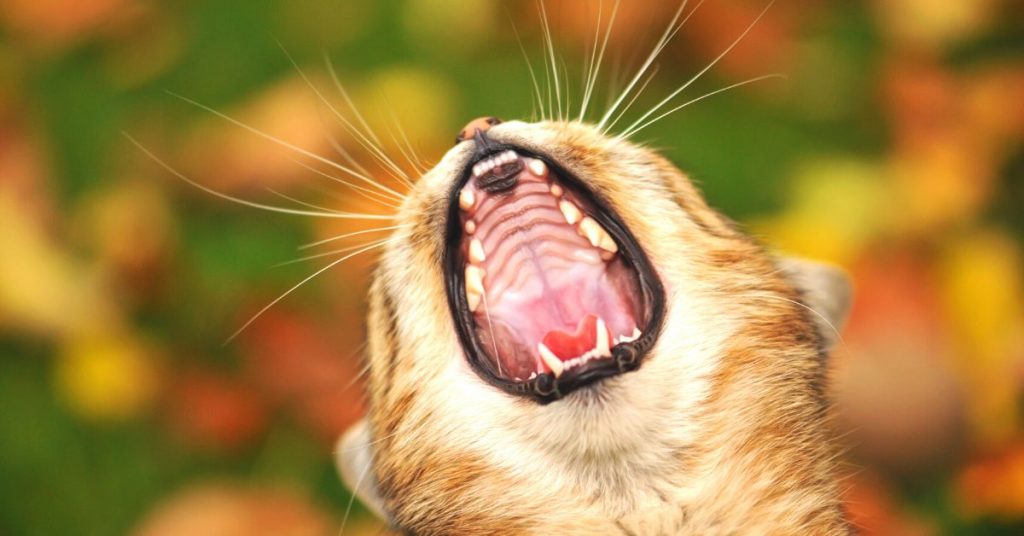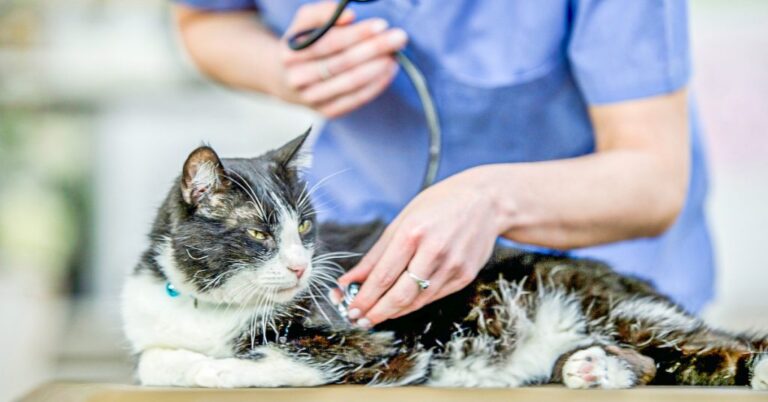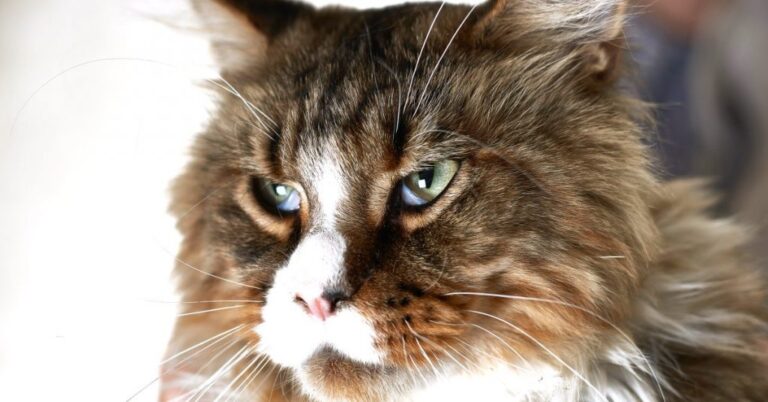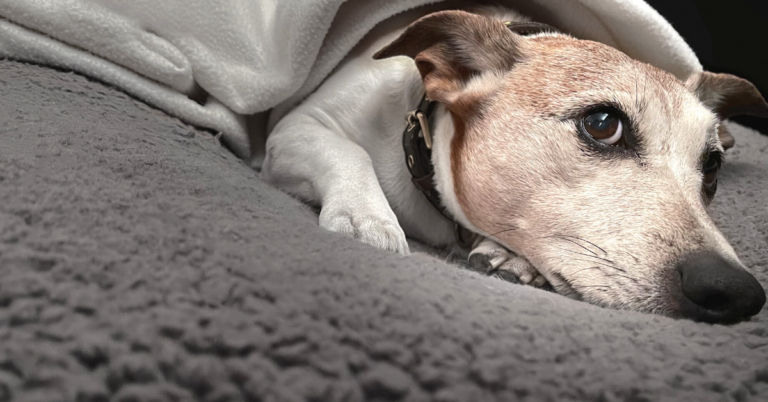Stomatitis in Cats
Stomatitis in cats, also known as feline stomatitis or feline chronic gingivostomatitis, is an inflammation of the cat’s full mouth, and not just the gums.
It’s considered a common disease in cats and can affect all breeds and different ages.
If left untreated, this disease can be fatal, which is why it’s important to know the signs, help diagnose, ease the pain, and treat your cat as quickly as possible.
What is Feline Stomatitis?
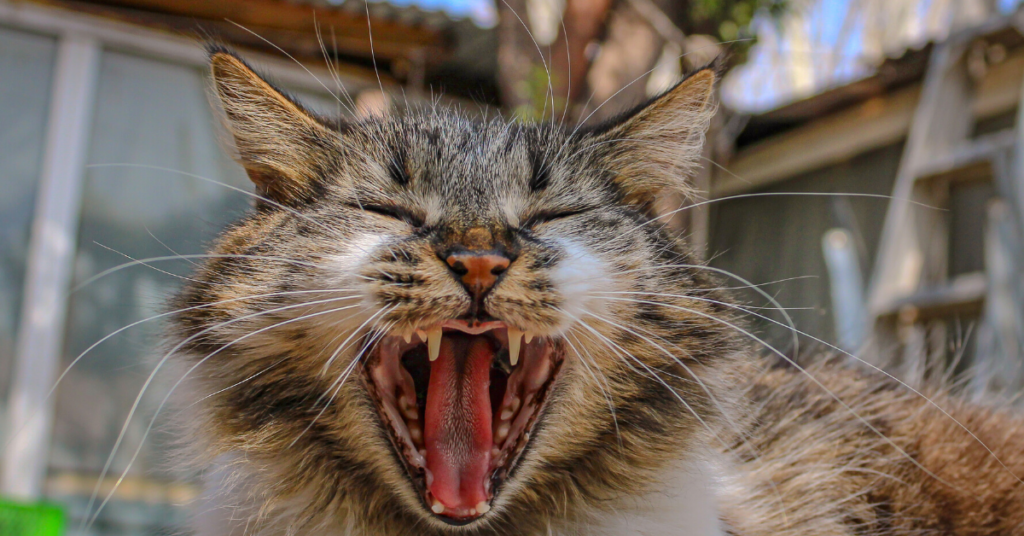
Feline stomatitis or feline chronic gingivostomatitis (FCGS), is a severe inflammation of the cat’s mouth tissues including the gums, tongue, inner surfaces of the lips, and/or the floor and roof of the mouth.
It’s an immune system reaction to the buildup of plaque on the teeth. There are two types of feline stomatitis, depending on the location of the inflammation.
The first type affects the gums surrounding the teeth. The second type, also known as “caudal stomatitis”, affects the back of the mouth, where the upper and lower jaw meet. This type is more difficult to treat.
Stomatitis is very painful for cats, which makes it very hard for them to eat and enjoy a normal life. It also limits their ability to groom themselves.
What Causes Feline Stomatitis?
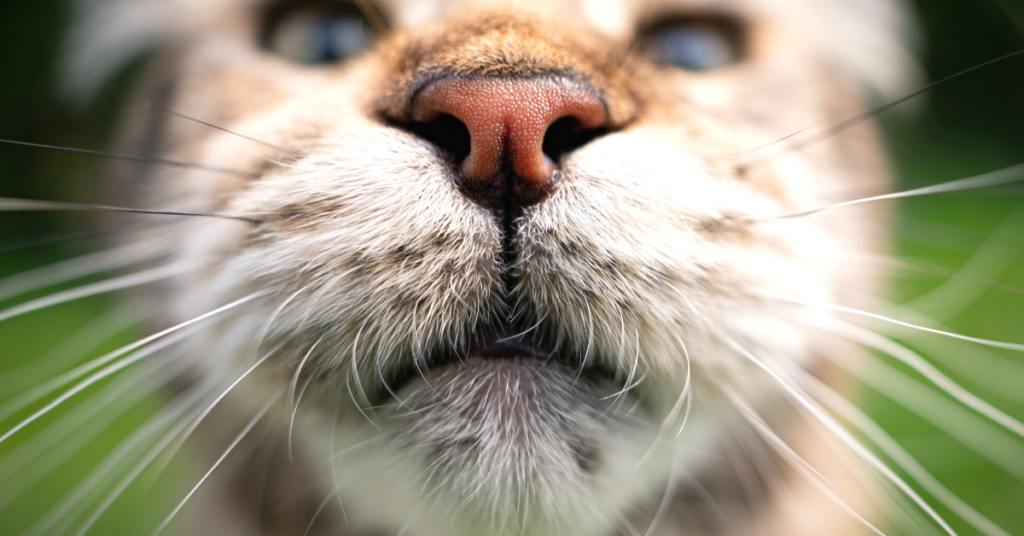
Feline stomatitis is caused by a change in the immune system. Research hasn’t yet shown why this happens.
The immune system reaction to the plaque bacteria leads to an excessive inflammatory reaction, which may develop to a more severe auto-immune condition, where the body attacks the dental tissue itself.
However, some viruses and bacteria can cause inflammation in the mouth. Viruses such as calicivirus, which is a virus that causes upper respiratory disease.
In addition, Feline Immunodeficiency Virus (FIV), and Feline Leukemia Virus (FeLV) can be causes behind feline stomatitis.
Additional causes include Juvenile Onset Periodontitis, periodontal disease, and genetics.
Signs of Feline Stomatitis
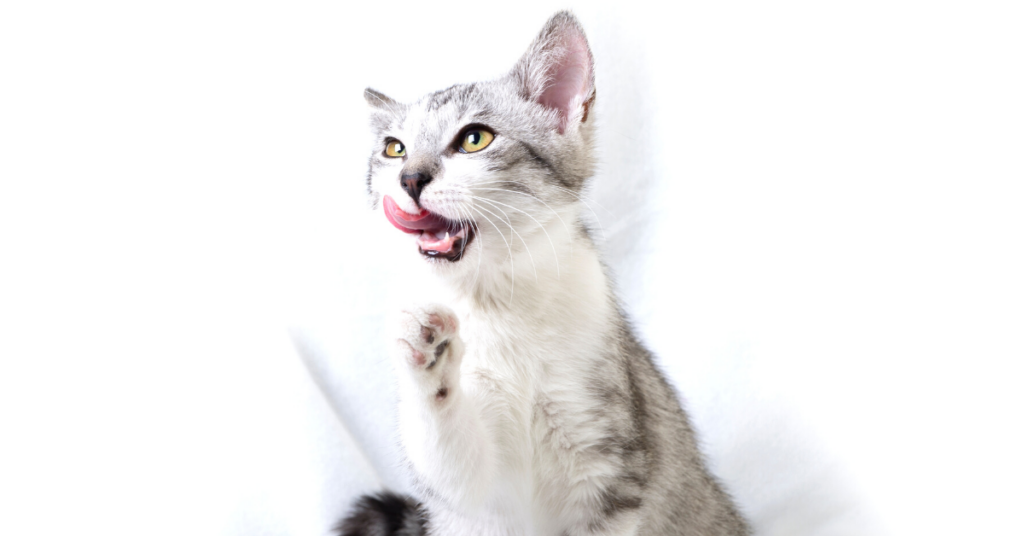
Cats with feline stomatitis usually have bright red gums that bleed easily. FCGS is very painful for cats, and limits their ability to eat.
Other clinical signs include bad breath, drooling, pawing at their mouth, and they may also break their teeth.
In addition, cats with FCGS may refuse to eat and groom, resulting in bad nutrition and losing weight. They also have a messy and ungroomed look.
Diagnosis of Feline Stomatitis

Feline stomatitis is not easily diagnosed by one simple test. However, veterinarians usually do an overall examination of the cat’s condition while studying the signs.
Some Systemic diseases, common gingivitis and periodontitis diseases also cause oral inflammation, which is why it’s important to rule them out.
Your vet may do some blood tests, screening, and dental x-rays. Dental x-rays are required to diagnose periodontal disease, tooth root resorption, or retained root remnants that may be triggering the inflammation.
If the inflammation is limited to a specific area, and not the whole mouth, the vet may do a biopsy of the affected area to rule out oral cancer or other infections.
Treatment of Feline Stomatitis
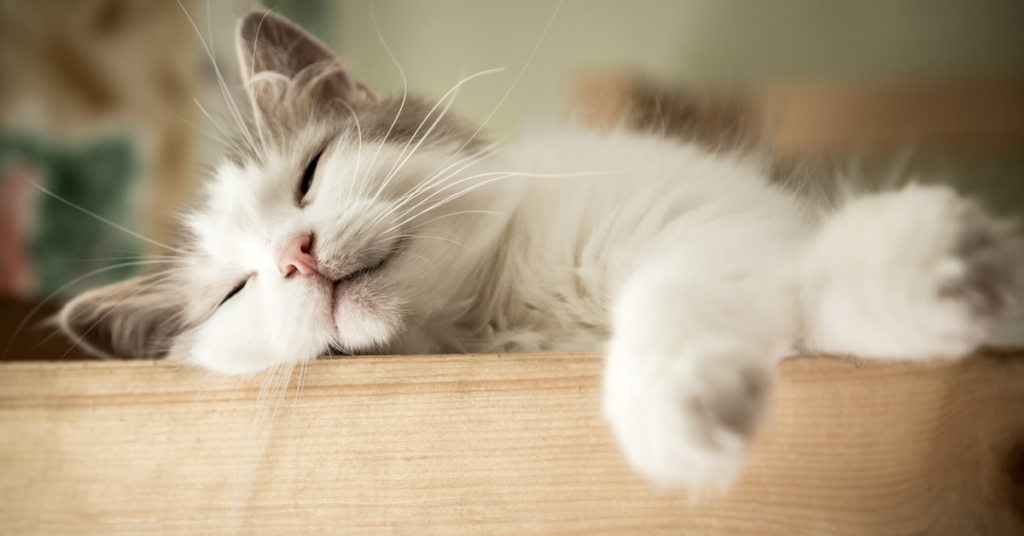
Treating feline stomatitis will vary depending on the severity of the condition and each cat’s response to the treatment.
There is no specific treatment plan for feline stomatitis, since there is no specific cause.
The first step to medical management is usually easing the pain with pain killers, since it’s really painful. If the cat has an infection, the vet would prescribe antibiotics as well.
Even with dental care, many cats would need long term anti inflammatory medications and antibiotics every now and then to control inflammation.
Some cats won’t respond well to this, in that case the vet may recommend extracting the cats teeth, because teeth give the bacteria surface to live on, which in turn increases the overreaction of the immune system.
This is why removing the teeth will stop bacterial growth. However, some owners worry about removing all of a cat’s teeth.
Though, once the inflammation improves, the cat will be able to eat much better than before. In addition, some cats can eat dry food without teeth.
As science advances and more is learned about FCGS, better treatment options will be discovered.
Being a painful condition, many cats respond well to therapy and are able to reclaim a great quality of life.
Finally, the vet would recommend annual dental care visits, which include oral health maintenance, to decrease the risk of periodontal disease.
When to See a Veterinarian
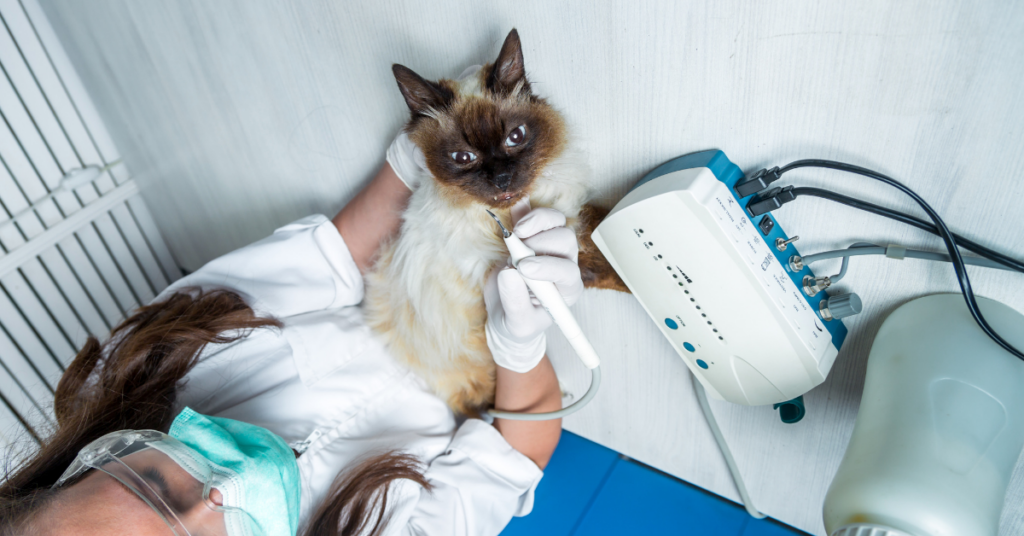
If you notice your cat is refusing to eat or groom, take a look at their gums and look for signs of inflammation.
Bright red gums are not normal and are a sign of inflammation. Call your vet for a thorough check up, and to help ease the pain on your feline friend.

